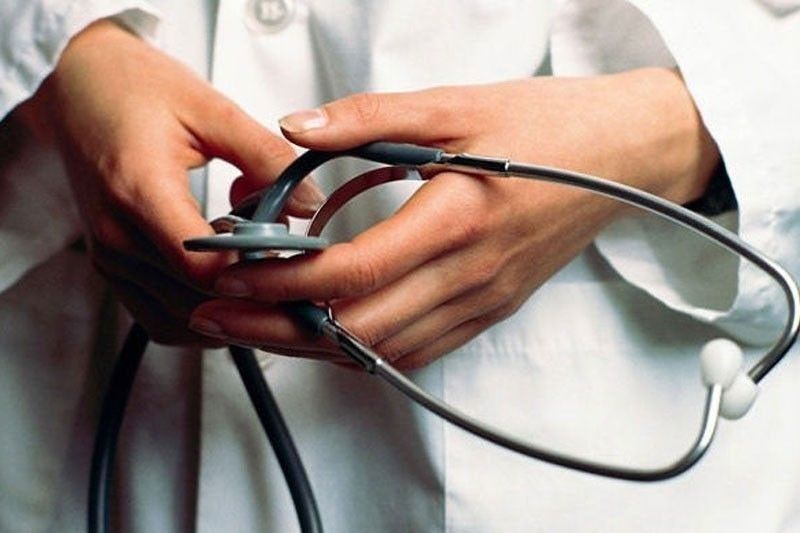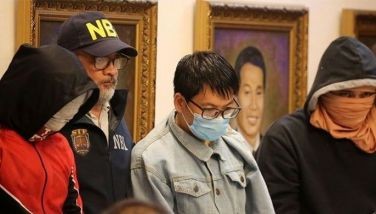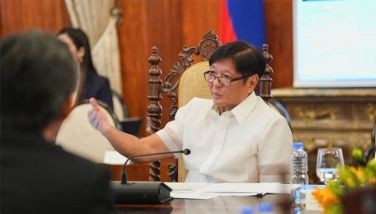Ideal patient-doctor ratio seen in 25 years – lawmaker

MANILA, Philippines — Due to the worsening brain drain, where the country has been continuously losing its health professionals to high-paying jobs overseas, it will take nearly a generation, or 25 years, before the government can achieve the ideal patient-doctor ratio for the population, according to a lawmaker.
Rep. Stella Luz Quimbo, senior vice chairperson of the appropriations committee of the House of Representatives, predicted that the scarcity of doctors alone means the Philippines’ “time to close the current gap can take up to 23 years.”
Relatedly, it will also “take approximately 12 years to close the nurses-to-population supply-to-demand gap,” the congresswoman said, noting this situation is “even more problematic for physicians.”
“There is a pressing need for an organized and contemporary approach to address the evolving challenges faced by the health care sector, particularly in light of the current times,” Quimbo stated in House Resolution 1436 she filed for the creation of a Joint Congressional Body.
In 2021 alone, she disclosed that some 316,000 nurses went overseas to practice their profession.
The Department of Health acknowledged that the number of practicing health professionals didn’t meet the ratio set by the World Health Organization, where there should be 14.3 doctors and 27.4 nurses for every 10,000 population.
Thus, with the Philippines’ 112 million population, the health department said the country needs 125,890 nurses and 116,032 physicians to meet the WHO ratio.
Only midwives have a surplus of 28,580.
Records from the Professional Regulation Commission that were provided by Commissioner Erwin Enad to the Senate last March showed there are 951,105 registered nurses (RNs) but only 509,297 are active (only 53.5 percent) and 159,283 doctors but only 95,039 are practicing (59.7 percent).
In short, there are 441,808 RNs who are not practicing and 64,244 doctors are not active.
“Supply-wise, we have these health professional. Records would show that not all of them are practicing their profession. Our presentation reinforced the observation of the CHED that we have the supply, but we are lacking because only very few are active or practicing professionals in that field,” the PRC chief told senators.
To solve this decades-old problem, House Deputy Majority Leader Janette Garin renewed her proposal for the creation of two units – UHC Implementors and Public Health Associates – where medicine and nursing graduates, respectively, are tapped by their colleagues to be of help in hospitals.
“As doctor and nursing assistants, they reduce the workload and allow adjustment of ideal doctor to patient ratio. We need to bring that back. Ultimately, technology and AI (artificial intelligence) will be an inevitable partner in health care to somehow close this gap,” she said.
“It (AI) might be scary but when regulated, will be advantageous,” Garin, the Iloilo congresswoman who served as health secretary of the late president Noynoy Aquino, suggested.
- Latest
- Trending
































